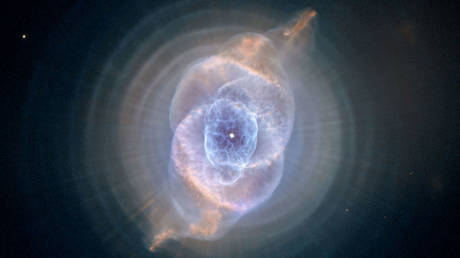
After more than a decade searching, scientists believe they have finally detected the distant ripples in space time that faintly echo throughout the universe, in a major development for the field of astronomy.
An international team of scientists say they have likely found traces of the gravitational waves that wash across the universe as gigantic black holes interact.
Our knowledge of gravitational waves suggests that the universe is full of them. The ripples occur every time black holes or neutron stars collide and every time a star collapses. The Big Bang would also have sent the waves cascading across the universe like ripples in a pond.
Over time, the gravitational waves become weak and hard to find, but experts believe they generate a background ‘hum’ that permeates throughout the universe.

Albert Einstein first theorized the waves way back in 1916, but they weren’t actually detected until nearly a century later. That 2015 discovery scooped the 2017 Nobel Prize in Physics.
If it’s confirmed, the freshly released research would herald yet another major milestone for astronomy, as it would allow scientists to examine extraordinary events, such as black holes colliding, that have not been possible to detect using the techniques of traditional light-based astronomy.
“It is incredibly exciting to see such a strong signal emerge from the data,” said astrophysicist Joseph Simon of the University of Colorado Boulder, who is the lead researcher of the new paper.
“This leaves us in a very interesting place, where we can strongly rule out some known noise sources, but we cannot yet say whether the signal is indeed from gravitational waves. For that, we will need more data,” Simon added.
The data in the new study was collected using the Green Bank antenna in West Virginia and the Arecibo Observatory in Puerto Rico before its recent collapse.
Like this story? Share it with a friend!




